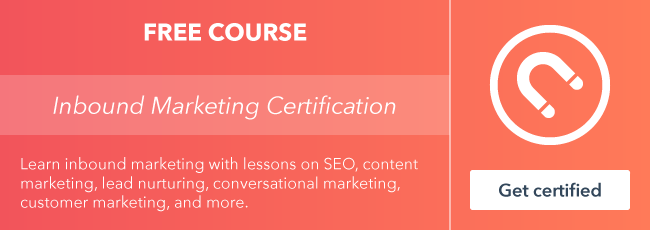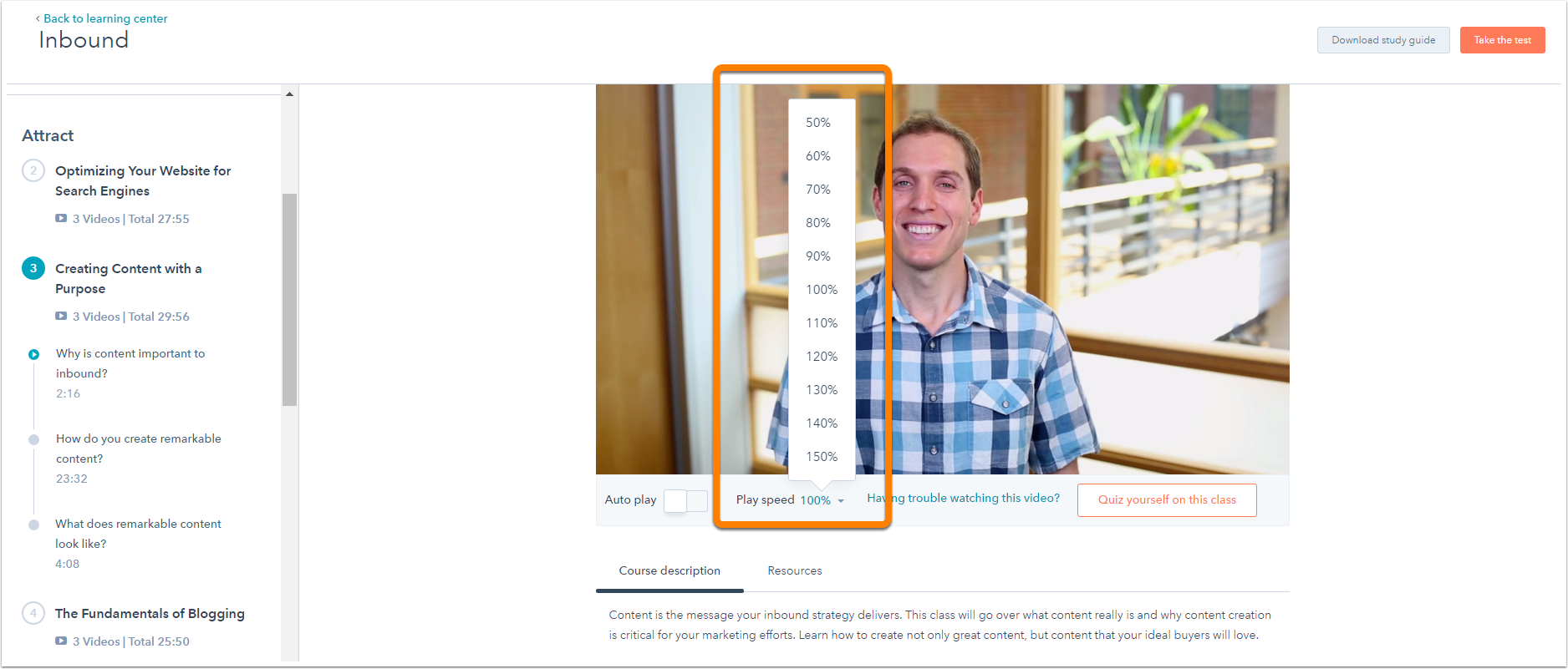Many inbound marketers are wary of retargeting.

But when we look at combining inbound marketing with ads, the two marketing techniques can merge to become a powerful way to nurture current prospects into customers and current customers into upsells.
To set the stage, your inbound efforts will bring a brand new visitor to your website. If that visitor leaves your site without providing an email, retargeting can be a great channel to show them relevant content or product offers — especially when they've already shown high intent.
Before jumping headfirst into the world of ads, it’s important to take a step back and think about your company’s sales funnel. Your inbound marketing efforts probably already align in a way that nurtures your prospects and customers; your ads should mirror this.
To create a cohesive experience that will nurture these prospects and customers down the funnel, you'll have to ensure your ads are designed to be relevant and to effectively attract, convert, and grow your target audience.
This guest post was written by AdRoll, one of HubSpot's integration partners, to help you better understand how to make the most of HubSpot integrations for your business.
Defining the Marketing and Sales Funnel
Every marketer has heard of the sales funnel. At AdRoll, we like to break it up into three distinct stages: attract, convert, and grow.
- Attract: The attract stage includes everything you already know about inbound marketing. This includes creating awareness through SEO initiatives, new content, events, and perhaps even display advertising (more on that later).
- Convert: The convert stage aims to convince your audience to take a desired action. This could be buying a product, downloading a whitepaper, filling out a form, and more.
- Grow: The grow stage targets users who have already became a customer or a client. Most marketers know customer acquisition can be an expensive task, so this stage is about working with your current customers and increasing their lifetime value.
Where Do Display Ads Fit Into This Funnel?
As we said earlier, your ads should mirror your existing funnel. Marketers will want a holistic approach to their overall marketing experience — so if anyone does jump off the train and jump back on later, your message will easily resonate.
When it comes to approaching your ads for each stage, this is what we recommend.
- Attract: You may already be using inbound marketing techniques for this stage, but you can also use ads to complement your inbound efforts with AdRoll Prospecting. Using AdRoll’s HubSpot integration, you can target new users who act like your existing customers. This will help boost the amount of high-quality traffic visiting your site.
- Convert: Once users visit your site, retargeting can help convince them to become actual customers. AdRoll's retargeting algorithm looks at their behavior on your site, the number of pages and products they viewed, how long they spent on site, and more. Armed with this information, and hundreds of other data points, we can understand how interested the visitor is in your brand and then make calculated decisions on when and where to show them your ads. Additionally, you can upload email lists directly into the AdRoll integration to nurture your leads automatically.
- Grow: Customer acquisition can be expensive and time-consuming. Once you’ve earned their trust and a prospect has become a customer, ads can be used to show them things like new product offerings and different use cases. The main goal is to increase lifetime value through consistent customer education. With the AdRoll x HubSpot integration, you can easily inform your customers about new content offerings, best practices, and new products by targeting lists in your account.
Aligning Ads With Your Funnel
When approaching the creation of your ads, it’s all about understanding where your customer is in the buyer's journey. By understanding this, you can tailor your messaging to speak to customers in each stage of the funnel.
- Attract: The attract stage is aimed at increasing traffic to your site and growing knowledge of your brand. Ads in this stage should champion the mission of your company in order to convince users that they need to learn more.
- Convert: Ads in this stage should be as clear as possible. The goal is to help your site visitors understand that value and breadth of your product offering. Doing this will keep your barrier to entrance low and make it easier for customers to convert. Pro tip: Try testing different colors and experiment with your call-to-action buttons.
- Grow: Ads in this stage should educate your customer base. Now that you’ve made one sale, your goal is to showcase your other products or pricing structures.
Don’t have ad creative? Get free, custom ads with AdRoll based on your current offerings.
A How-to Example:
Rezdy Brings It All Together
Pulling together this strategy can seem daunting, but marketing teams of all sizes have seen the benefits of aligning ads with their inbound efforts. Implementing this in your HubSpot account is easy because you’ll be able to import your lists directly — making sure any campaign you run is targeted toward your highest-intent visitors.
A great example of this was Rezdy, an AdRoll client. They were seeing success with AdRoll, but they wanted to take their performance to the next level. By using the AdRoll x HubSpot integration, Rezdy was able to optimize their campaigns even further to increase conversions while decreasing costs.
Destination efficiency: Better marketing in record time
Once the Rezdy marketing team started retargeting with AdRoll’s customer relationship management (CRM) integration, they began to see great results. However, the team found it cumbersome to constantly update different email lists manually.
So Rezdy decided to try AdRoll’s HubSpot integration and target the same exact lists in their HubSpot sequences — with no additional maintenance needed.
“Uploading our email lists manually was still useful, but it was such a timesaver for the Hubspot integration to take care of that automatically,” said Rezdy marketing manager, Niek Dekker.
They transferred all of their HubSpot data to the AdRoll platform with the option to place the AdRoll pixel on any HubSpot page. Dekker took advantage of the integration to quickly run different account-based marketing campaigns with different lead lists, excluding all disqualified leads.
Increasing conversions with better targeting
After implementing the AdRoll and HubSpot integration, Rezdy found that much of their upper-funnel traffic was not a suitable fit for their product. They used this information to shift their strategy and target those that were more likely to convert.
“With the integration, we know exactly who we want to target, so we can allocate more budget to the leads we know will convert,” Dekker said.
By combining offline data with AdRoll data, and by reaching their customers more effectively through Facebook and other web retargeting strategies, Rezdy can easily keep their brand top-of-mind with their target audience.
Combining inbound marketing techniques and ads might seem counterintuitive, but together the two methods can offer a powerful way to nurture prospects into customers and customers into upsells.
Aligning your ad efforts with your company’s sales funnel and designing your ads to attract, convert, and grow your target audience is critical to making the most of the synergy between these two marketing approaches.
Not using the ads add-on in your HubSpot Growth Stack yet? To connect ads to your HubSpot account, start a trial of the HubSpot ads add-on now.










